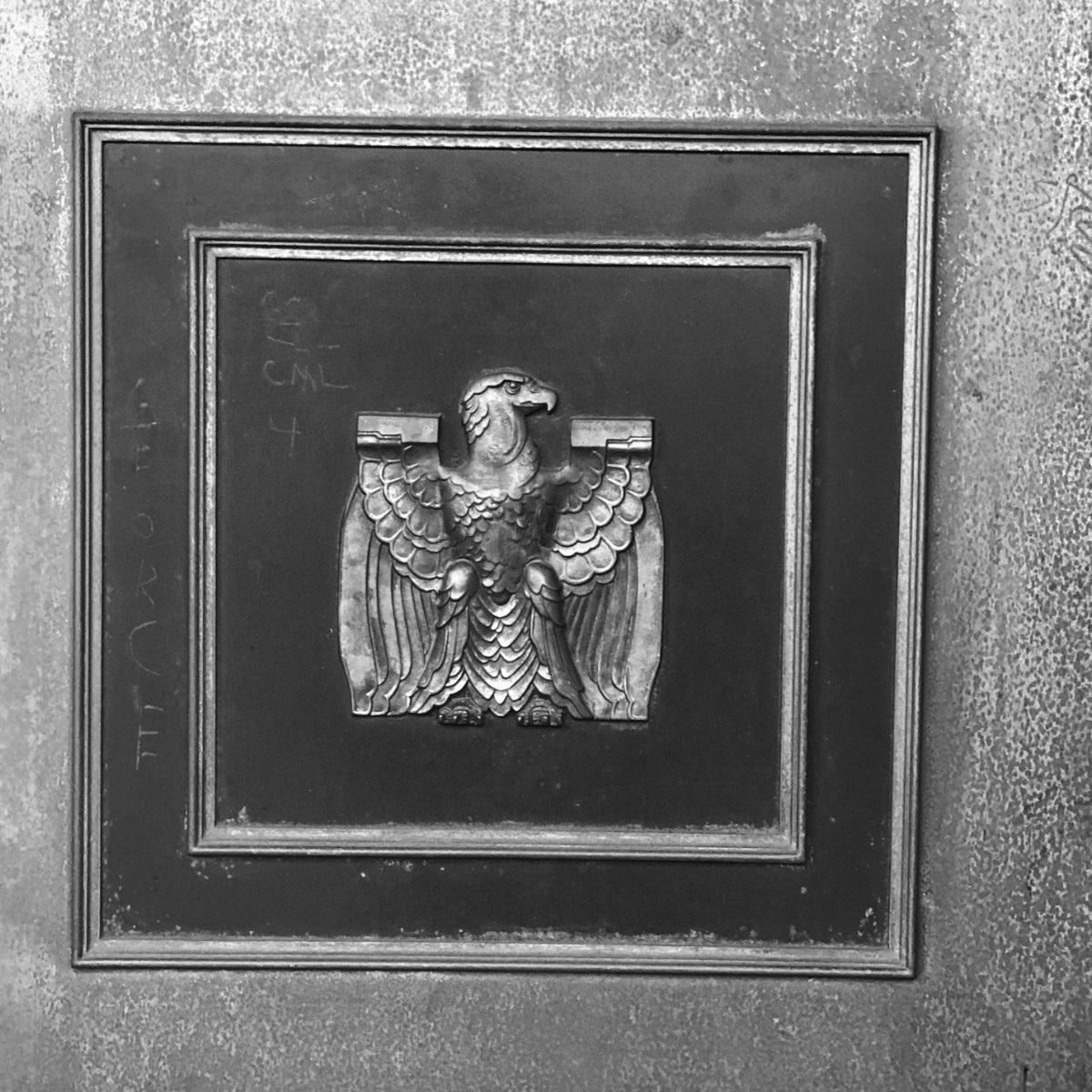Architecture and Its Ghosts
Architecture and Its Ghosts
Xuan Liu
→ BFA IL 2020
Architectural ruins create nostalgia. Put another way: the quality of the past represented in terms of a present structure with no ability to perform any of the tasks it was intended to creates a sense of something frozen in a stage of progression. In the last century, the speed of development, population, and life in communities worldwide has been increasingly rapid. Unlike our fast-paced lifestyles, a stationary object can represent peace and stability. In fact, it is the constant steadfast permanence of ruins that I grab on to, as it lets me escape from the ever-changing physical landscape of the world I live in right now. Perhaps it is my liberation from modernity.
Providence’s Industrial Trust Building embodies these feelings of nostalgia. I noticed what is colloquially known as the “Superman Building” while walking to my dorm one day. The scaffolding supporting its base indicated it had been abandoned for quite some time. There had been rumors of its demolition or renovation, so I wanted to record its vacant and undisturbed state right away. I knew the building would have something to tell me about the relationship between ruins, emotion, and psychology.
The building’s Art Deco design as well as the many scenes of Native American/Colonist interactions depicted in slabs of relief form a narrative of Rhode Island’s historical development. The metal doors are built from thick, sturdy material, and are set with detailed brass eagles. Every part of the design has an artistic touch, but lichen and moss are devouring the unkempt limestone, slowly taking over a once pristine facade, reminding me that even the mightiest manmade structures can be overcome by nature. John Dwyer calls this emotional realization the Ozymandias Effect in his journal Ruins and Nature. At the same time, the flourishing vegetation in the fractures of the architecture create “an aesthetic that is universally beloved by the eye of man” (Dwyer) as it exhibits form that is melding into its environment seamlessly. The disappearance of the building, once obscured by nature, can illuminate the fleetingness of human civilization. Feelings of awe, enjoyment, and nostalgia then tap into our aesthetic psyche.
Art and architecture are tied to how we define and measure our humanity and civilization. Human life is fleeting, and we are always trying to justify our value, mortality, and existence through the art that we leave behind. This exhibits our striving for the eternal, our drive to demonstrate the amazing objects we are capable of creating. The “Superman Building” was built in a historically specific style of the past—if it were torn down, we know there wouldn’t be another Art Deco building to replace it. It could be as fleeting as us.

There is a relationship between interior spaces and psychology as well. Experiments have proven that the physical space we reside in affects our mental landscape and brain function. A 2009 study published in Wiredestablished that the mere color of the interior walls could affect brain activity. Red walls led to more agitated and decisive responses, while blue walls encouraged imaginative exploration. This is due to the color blue inducing images of oceans, skies, and vastness, which allow people to widen their perspective. Ceiling height also yields different results: participants under lower ceilings felt constrained or uncomfortable, whereas high ceilings seemed to strengthen abstract thinking patterns.
But what if the ceiling has fallen away entirely? Or what if the walls are cracked and broken? The dissolution of such definite elements in a ruin could allow for an emancipatory space, open to interpretation and free from the parameters of modern architecture. The systems and structures that usually define, inhibit, or restrict have crumbled, leaving in their place a curious space that inspires exploration and discovery. Ruins offer an escape from the order of our current lives, and we enter a place that is filled with possibility. This place, free of human noise, allows for more expansive thinking. The ruin accesses memories of the past and structures of the present; it holds visions of post-apocalyptic futures, becoming a mix of historical documentation and future possibilities all at the same time. Ruins move across time and show the cyclical nature of growth and decay, production and destruction. They are most attractive perhaps because they not only allow people to think in a more expansive manner but also reflect on the ruins in our lives. There ceases to be a person who has experienced a perfect existence, thus there are parallels between the structure of the decaying building and the structure of our lives.
 Photographs by the author
Photographs by the author Xuan Liu is developing narrative stories as well as art.